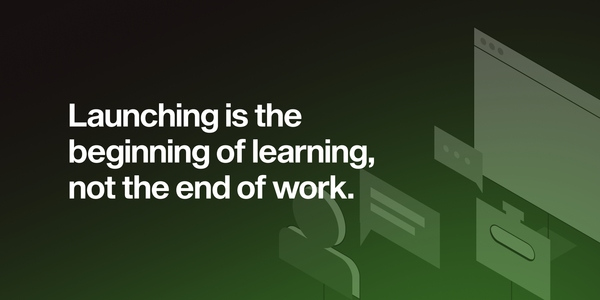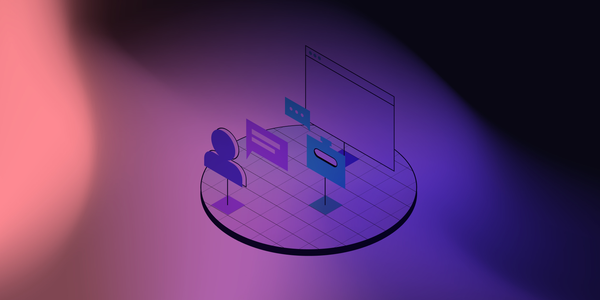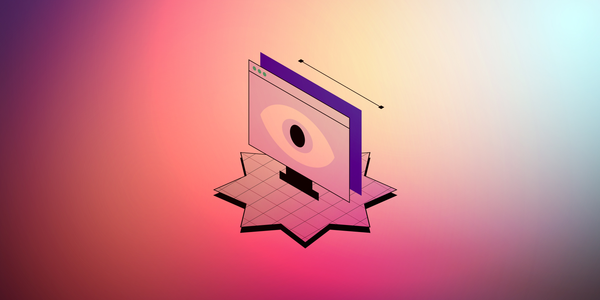Deciphering the bitcoin and ethereum vocabulary
Navigating Bitcoin and Ethereum can be daunting, especially with all the jargon. This guide breaks down essential crypto vocabulary, helping both beginners and pros better understand blockchain, transaction types, and security essentials driving these technologies.

When You start learning about bitcoin You will stumble upon a lot of cryptic words that are very incomprehensible to the human mind. The bitcoin lingo sounds like a futuristic language from a Star Trek movie.
The fact is, there is a certain sexiness to the Bitcoin and Ethereum vocabulary. Big kudos to the programmers for inventing and using amazing words like CryptoCurrency, Blockchain, Lightning Networks, Proof of Stake, Z-Snarks and Mining to name different mechanisms in the blockchain ecosystems.
These terms are certainly attractive to programmers, but not to other simple humans.
The names of cryptocurrencies are also very futuristic and they remind of sci-fi movies . I especially like the branding and visual identity of EOS, an Ethereum competitor.

When i open the EOS website (https://eos.io/) and i read that Dawn 2.0 is available on a TestNet i feel like it’s 2045 and i just need to press a button to get teleported into an another galaxy.
However, you might get disappointed to discover EOS is just a platform to host software applications on a shared, decentralized server infrastructure. It’s a powerful (and glorified) younger cousin of GoDaddy and Amazon Web Services that competes with specific offerings/services of these systems with advanced features and lower costs.
Understandability is more important than futurism
The vocabulary and visual identity of blockchain projects has a negative consequence that is not mentioned very often. Futurism and fancy names are not helping the adoption and understanding of the mechanisms behind bitcoin and ethereum.
Isn’t the Primary goal of these projects to increase understanding and adoption?
The powerful technology of Bitcoin and Ethereum should be named and explained in simple terms that are understandable to the average human, but also to the average programmer.
Below is an attempt to re-write the cryptic words and explanations, hoping to increase awareness about the vocabulary problem in this developer community.
A simpler bitcoin and ethereum vocabulary
Software Currency (instead of CryptoCurrency) —Bitcoin is software that runs on top of a shared/decentralized database for the purpose of enabling safe financial transactions that don’t require banks or other institutions as a trusted third party. As a technology innovation and novel way of exchanging money between different parties, it is a significant threat to the old-school financial system, but also to the “common sense” of potential users that believe trusted institutions like banks are needed to facilitate all financial transactions.
Communal Decentralized Database (instead of Blockchain) — A database that runs on dozens, hundreds or thousands of computers (a low-trust network) that is usually not under control of a single individual or organization. The network is used to validate and store transactions to ensure security and fault-tolerance. In most cases any individual with internet access and computer can join this network (even You). Since anyone can join and leave this network voluntarily, there is an incentive mechanism designed to pay the owners of the hardware that is used to run the database and validate transactions. These incentives ensure individuals will join the network and stay on the network long-term.
Decentralized Database Transaction Validation (instead of Mining) — Since a decentralized database is running on a low-trust network of computers, every transaction that stores records inside a decentralised database requires a special validation/verification algorithm to ensure long-term security of database transactions. The validation process is based on advanced cryptography and it is expensive in terms of hardware utilization and energy consumption. The advanced cryptography ensures a low-trust network environment is safe to run mission-critical transactions. Since this process is running on individual computers that are voluntarily participating in the network, the monetary incentive is high enough to ensure that individuals can cover costs of electricity (and other costs), but also make a profit, to make sure these individuals will not leave the network.
Database Records (instead of Transactions) — A record in a decentralized database is usually a stored transaction, but it can also be other types of data that require extremely strong consistency, durability, security and fault tolerance (e.g. Financial Transactions, Health Records, Legal Contracts etc.). Records that should be resistant to manipulation/modification are perfect candidates for a decentralized database.
Development/Test Programming Environment (instead of Testnet) — Since a decentralized database is used for mission-critical applications, most decentralized databases have a special test environment that is available to developers/programmers for the sole purpose of testing new applications before releasing them to real users.
Decentralized Applications (a.k.a. Dapps)— Applications that run on top of a decentralized database. This is a good name :)
Fundraising (a.k.a. Initial Coin Offering) — An ICO is just a fundraising event to collect money for a startup via a crowd-funding mechanism similar to Kickstarter. ICO’s attract large number of small investors that are interested to incentivize the development of new technologies, but also to make a quick profit.
Conclusion
I am also a programmer, so i believe that even my descriptions are a bit cryptic and technical, but i hope that You understand the need to use simpler language to describe the mechanisms behind Bitcoin and Ethereum.
However, i must emphasize that even though i enjoy the futurism behind Bitcoin, Ethereum, Neo and EOS, i believe that it’s impeding acceptance and adoption of these technologies.
Understanding is the first step to Acceptance and Adoption.



